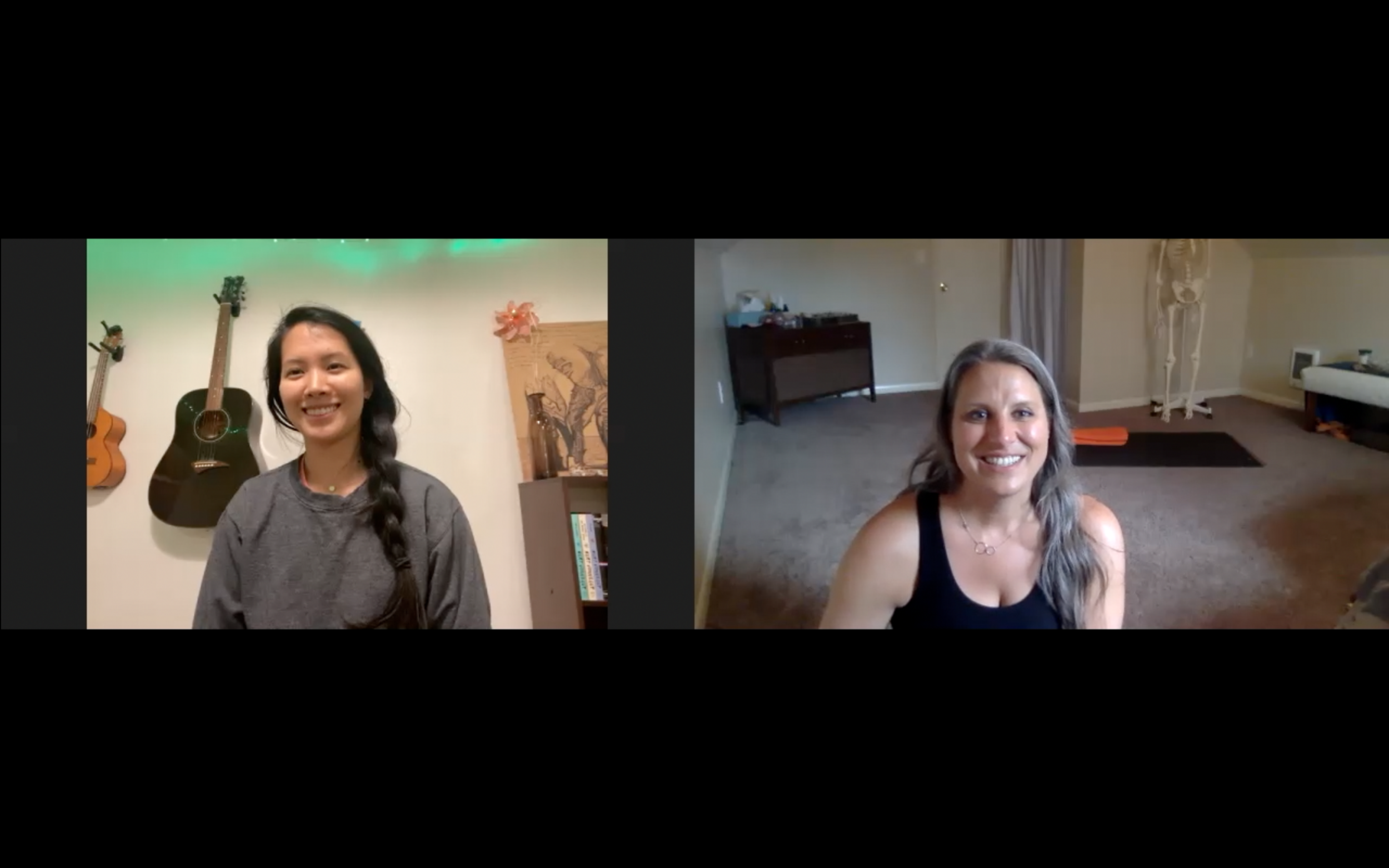The Yoga Engineers E3: Learning Principled Applications vs. Gross Anatomy
Whether you’ve had anatomy and physiology in college, or are a practicing physician, or the last time you looked at the inner workings of the body was your 8th grade health class…we all have one thing in common: We know relatively little about how the body is built and why it moves the way it does. In this episode, Elena and Richelle talk about the difference between learning the bones and muscles versus gaining an understanding of the way our tissues work, their limitations, and our use of them in Gravity.
In the podcast we introduce the YE Principles of Physiology:
Sensation is not always the best barometer of effective movement.
Our brain has impressions of where we are in space and time, but these impressions may not be accurate. Our proprioception may be altered by recurrent postural misalignments…so what feels “normal” may not actually be “straight.”
Our brain can have a hard time discerning the difference between stretch and compression. These sensations may at first feel the same. Going further into this sensation may cause damage to soft tissues and joint structures.
Just because you can go there, doesn’t mean you should.
A lack of sensation does not always mean, “go further to get in it.” Some of us have long, supple muscle tissue, in which case, reaching the sensation of stretch can be difficult. There is in fact the possibility you’ll stretch too far. If your muscles are at their longest, you’ll start stretching into your ligaments. This is not good. Overtime, this will lead to instability and degeneration of the joint tissues.
Muscles are their strongest when in their mid-range.
In essence, any muscle that is too long or too short is not as strong as it can be. 75%-110% of their resting length is where every muscle belly is strongest. Shorter or longer than this range and the muscle loses integrity and power. Note that you have way more play in the “short” category than in the “long” category...an active muscle can only lengthen by 10% before it loses integrity.
The shape of your bones is as individual as your fingerprints, and defines your movement as such.
Some traditional alignments are not beneficial for some joints, and can even cause damage over time. Once you observe and understand your own boney shape, it is in your best interest to tailor your practice to the shape of your bones, not the pictures in a book.
Habits are hard to break, but you can do it.
Your brain has worked hard to observe patterns in your world and in your actions...you’ll have to work ten times as hard to change those patterns. You’ll need to strengthen new muscles, relearn how to use old muscles, and reinterpret sensations. It won’t be easy, it may even be unpleasant, but you can do it.

